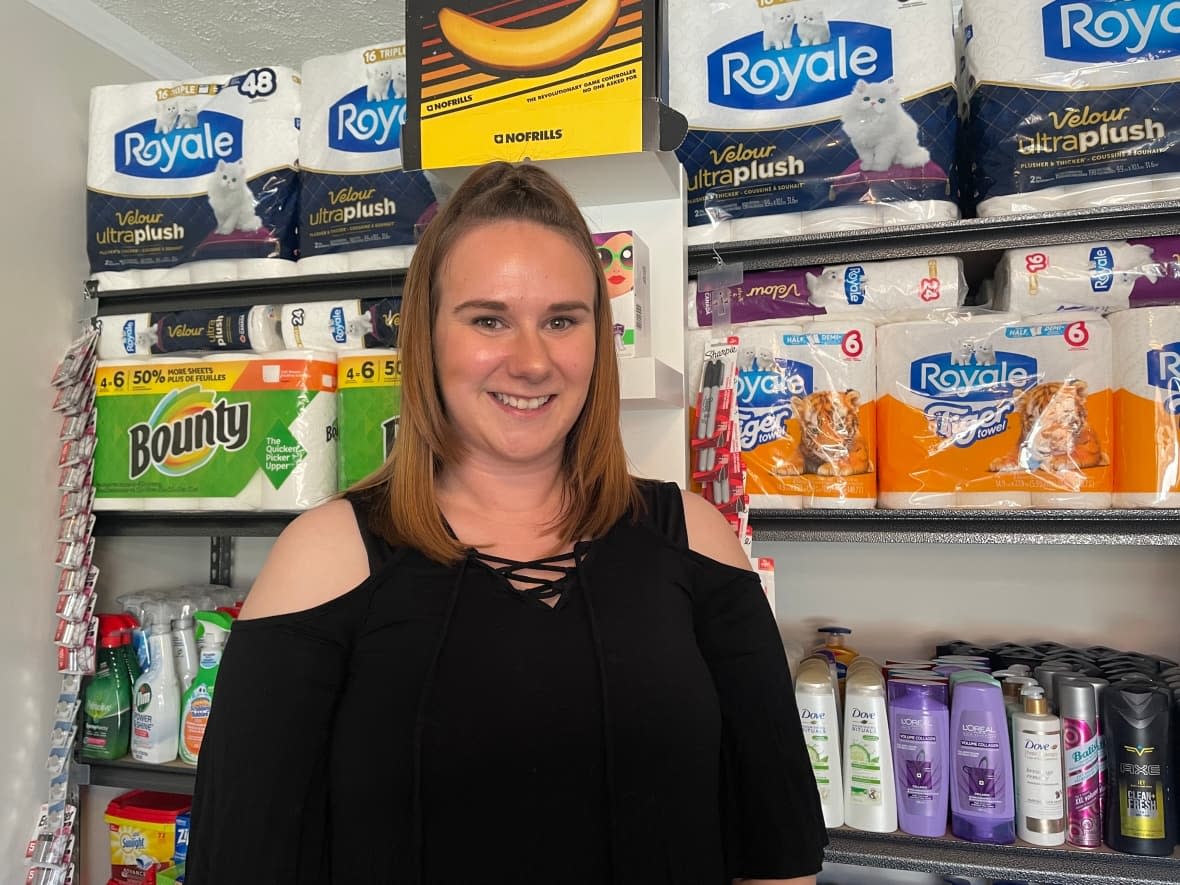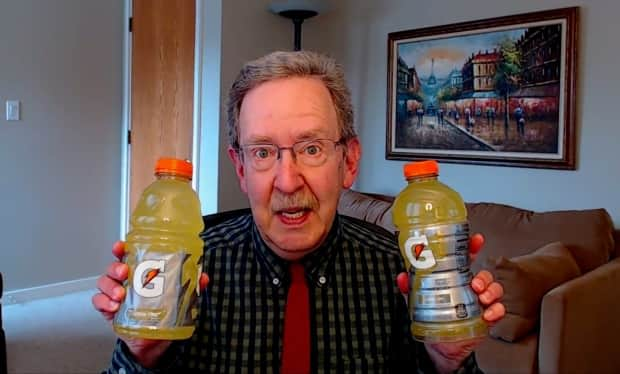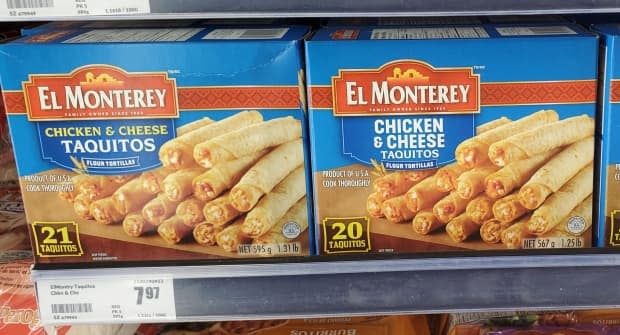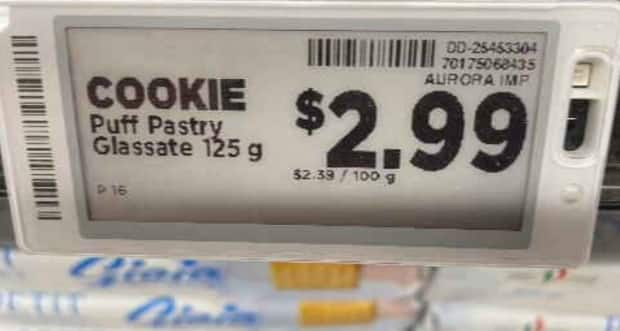Shrinkflation is happening on grocery store shelves. What it is, and how to avoid

When Kathleen Cassidy goes grocery shopping these days, she's noticed that while so many prices are going up, others stay the same — but there's less inside.
Take laundry detergent pods, for example.
"I used to get 40 of those, now I only get 38. It is kind of difficult for the consumer … you don't get as much for your dollar as you used to," she said.
Cassidy's hobby is couponing, so she pays more attention to prices than the average shopper. The tactic she's picked up on is a real phenomenon known as shrinkflation, where companies reduce the size or amount of their products while charging the same price.
"I've seen it described as this sneaky cousin of inflation," said Toronto Metropolitan University marketing professor Matthew Philp. He says companies can make containers smaller or a different shape, or put less product inside.
"It's just to hide the fact that their prices are increasing."
Changing product sizes are tough to track
Examples of shrinkflation are difficult to spot because stores usually clear out old products before replacing them. But consumer watchdog Edgar Dworsky, based in Boston, has spent years looking for examples of shrinking products.
Dworsky points to two bottles of Gatorade he found for sale in the U.S. One contains 32 ounces (946 ml), the other 28 ounces (828 ml).
"Unless you saw them side by side at the same height, you would think you're buying the same product, but you're in essence, paying more than a 10 per cent price increase," Dworsky said.

He posts American examples he's collected on his website. According to Dworsky, Sun-Maid Raisins and Dove Body Wash have both shrunk in size this year. And General Mills downsized its cereal boxes by one ounce (28 grams).
"One ounce is one bowl, and at about $5 a box, that costs you about $0.25. But think about it from General Mills standpoint, how many tens of millions of boxes of cereal does General Mills sell a year and times $0.25? This is a big savings for the manufacturer."
CBC News asked Gatorade and General Mills about their packaging. General Mills did not respond and Gatorade was not immediately available to comment. However some others have been more public about the practice.
Oregon-based Tillamook Ice Cream wrote on its website that its ice cream "has simply become more expensive to make" and that changing the carton size would be "least disruptive to our fans."
Shrinkflation isn't new, but experts say it happens more often in times of high inflation, like now, and impacts almost every kind of packaged product. "Paper products, candy, chips, snacks, cookies … all those things have been downsized multiple times over the years, and I don't think it's going to stop," Dworsky said.

Buyer beware at the grocery store
In the end, it's up to the consumer to try to counter shrinkflation. Philp says doing the math to determine the lowest price per millilitre or gram is the best defence — though it's not always an easy task.
"It's in a ridiculously small font on the price tag but you'll see … they have to provide the per unit price, so you could more easily compare," he said. Quebec is the only province that requires retailers to display the unit price; other provinces are voluntary.

Philp also says to consider switching to cheaper generic brands that don't change packaging as often. He says because shrinkflation can be widespread, it can have a big impact on grocery bills.
"A dollar increase here or there, and then when you buy on average 20 to 30 items every grocery visit, then all of a sudden that adds up to 30 extra dollars. it doesn't seem like a big deal, but those small little things add up."

 Yahoo Movies
Yahoo Movies 
